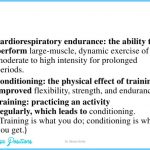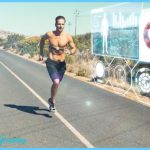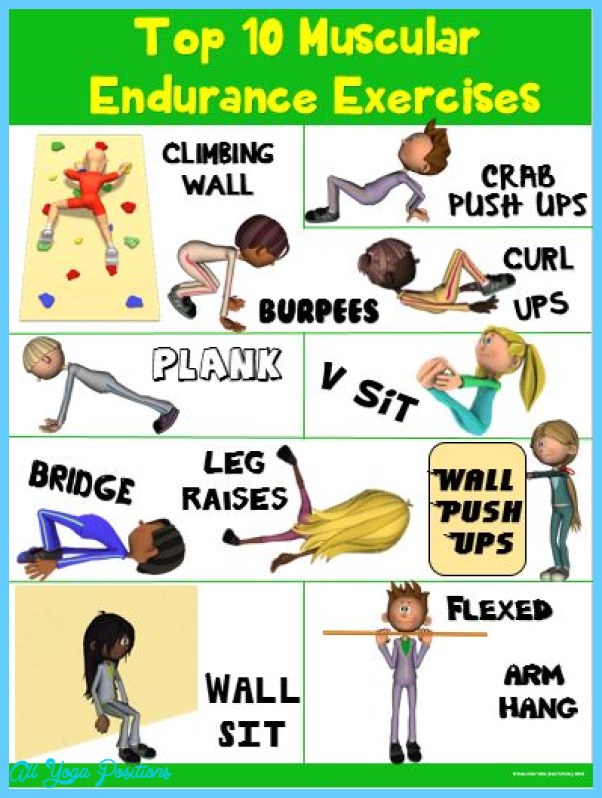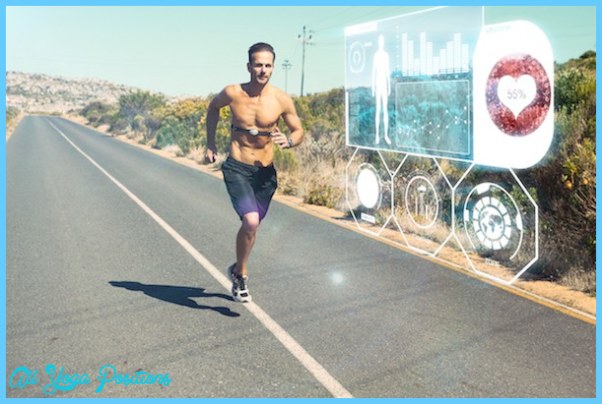Cardiorespiratory Endurance Exercise
Intensity, and Time (Duration) for Each Activity
The next step is to apply the FITT principle and set a starting frequency, intensity, and time (duration) for each type of activity you’ve chosen (see the summary in Figure 7.2 and the sample in Figure 7.1).
Cardiorespiratory Endurance Exercise As noted in earlier chapters, based on more than 50 years of research on exercise and health, the U.S. Department of Health and Human Services concluded that most health benefits occur with at least 150 minutes per week of moderate-intensity physical activity (such as brisk walking) or 75 minutes per week of vigorous-intensity activity (such as jogging). Additional benefits occur with more exercise. An appropriate frequency for cardiorespiratory endurance exercise is three-five days per week. For intensity, note your target heart rate zone or RPE (rating of perceived exertion) value. Your target total workout time (duration) should be about 20-60 minutes per day, depending on the intensity of the activity. You can exercise in a single session or in multiple sessions of 10 or more minutes. New research on high-intensity interval training suggests that you can exercise for shorter durations if you train at maximal intensities.
Cardiorespiratory Endurance Exercise Photo Gallery
Muscular Strength and Endurance Training At least two nonconsecutive days per week of strength training is recommended.
Fitness Tip
Want to lift weights without going to a gym? Try using resistance bands. Research shows that especially for young women resistance bands are just as effective as weight machines or free weights for increasing muscular strength.
Frequency 3-5 days per week 2-3 nonconsecutive days per week 2-3 days per week (minimum); 5-7 days per week (ideal)
Intensity 55/65-90% of maximum heart rate Sufficient resistance to fatigue muscles Stretch to the point of tension time 20-60 minutes in sessions lasting 10 minutes or more 8-12 repetitions of each exercise, 1 or more sets 2-4 repetitions of each exercise, held for 15-30 seconds type Continuous rhythmic activities using large muscle groups Resistance exercises for all major muscle groups Stretching exercises for all major joints figure 7.2 A summary of the FITT principle for the health-related components of fitness. fitness strength training program includes one or more sets of 8-12 repetitions of 8-10 exercises that work all major muscle groups. For intensity, choose a weight that is heavy enough to fatigue your muscles but not so heavy that you cannot complete the full number of repetitions with proper form. Exercises that use body weight for resistance also build strength and muscle endurance. A note of caution: Years of weight training can lead to stiffer blood vessels. Some studies show that doing aerobics after weight training helps to prevent blood vessel stiffening.
Flexibility Training Stretches should be performed at least two-three days per week (five-seven days per week is ideal), when the muscles are warm. The stretches should work all major muscle groups. For each exercise, stretch to the point of slight tension or mild discomfort, and hold the stretch for 10-30 seconds; do two-four repetitions of each


















